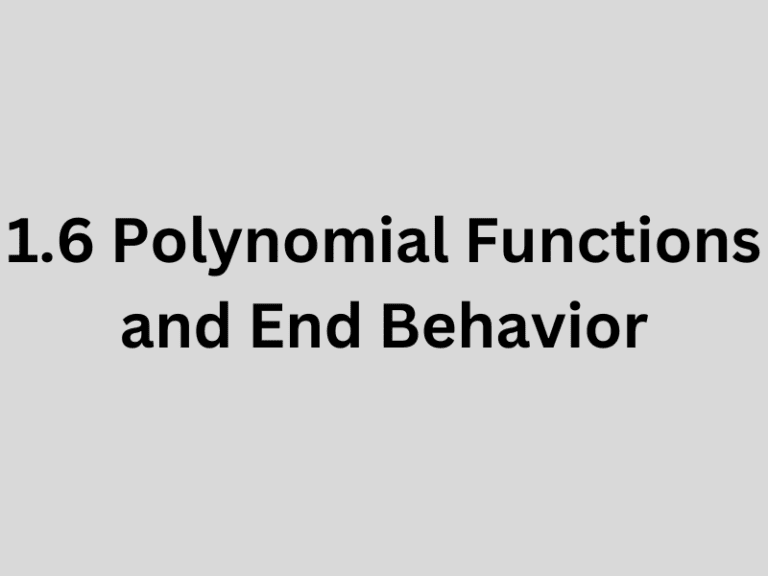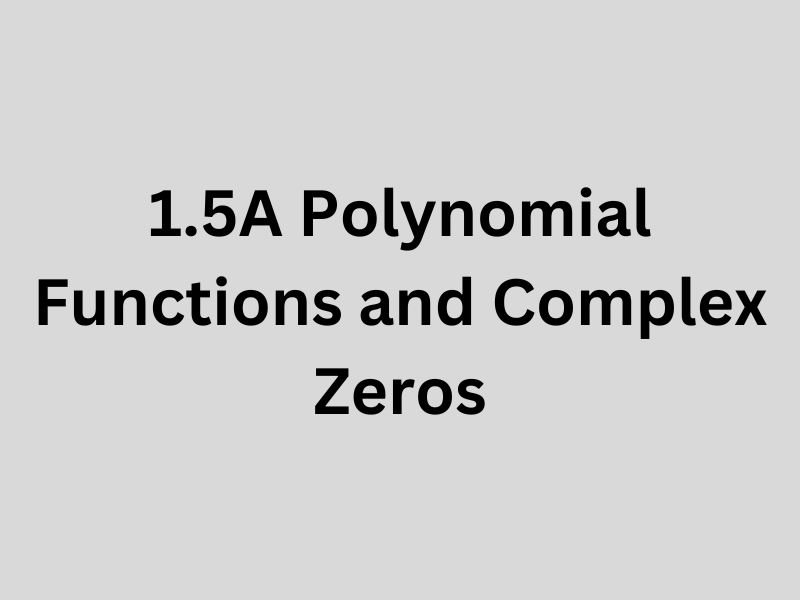Polynomial Functions and End Behavior
The end behavior of polynomial functions is determined by their degree (highest power of x) and the sign of their leading coefficient (the coefficient of the term with the highest power). This behavior describes how the function behaves as x approaches positive or negative infinity.
Examples
Below are ten examples illustrating different end behaviors based on the degree and leading coefficient:
- Function:
f(x) = x^3. Asx -> ∞,f(x) -> ∞; asx -> -∞,f(x) -> -∞. - Function:
f(x) = -2x^4. Asx -> ∞orx -> -∞,f(x) -> -∞. - Function:
f(x) = 3x^2 - x. Asx -> ∞orx -> -∞,f(x) -> ∞. - Function:
f(x) = x^5 - 4x^3 + 2x. Asx -> ∞,f(x) -> ∞; asx -> -∞,f(x) -> -∞. - Function:
f(x) = -x^6 + 5x^4 - 3x^2 + 2. Asx -> ∞orx -> -∞,f(x) -> -∞. - Function:
f(x) = 4x^3 + 3x^2 - 2x + 1. Asx -> ∞,f(x) -> ∞; asx -> -∞,f(x) -> -∞. - Function:
f(x) = -0.5x^5 + 100. Asx -> ∞,f(x) -> -∞; asx -> -∞,f(x) -> ∞. - Function:
f(x) = 2x^7 - 7x^5 + 4. Asx -> ∞,f(x) -> ∞; asx -> -∞,f(x) -> -∞. - Function:
f(x) = -3x^2 + 6x - 9. Asx -> ∞orx -> -∞,f(x) -> -∞. - Function:
f(x) = x^8 + 4x^4 - 2. Asx -
Packet
| Practice Solutions
| Corrective Assignments
| ||||||||






